Editor’s Note: Greg Heil is a self-stated fan of backcountry mountain biking, and he can see four different Wilderness areas from his house. While Greg is the Editor in Chief for Singletracks.co
For over 30 years the status quo has remained the same: all Wilderness areas in the United States have been off limits to mountain bikers. Now totaling over 108 million acres of protected wild lands, that’s an area larger than the entire state of California where it is currently illegal to ride your mountain bike–and that area contains some of the most beautiful spots our nation has to offer.
A new organization wants to change the status quo. The Sustainable Trails Coalition wants to “modify existing legislation and give land managers more flexibility in how they manage the trails that humans are invariably using to visit our 762 wilderness areas.”

Wilderness: A Background
What is “Wilderness?”
The official definitions vary, but at its very core, wilderness is a wild region that shows little sign of human impact. This area is left in its natural state as much as possible, untouched and unaffected by mankind.
But is such an area meant to never be seen by man? No. Rather, wilderness is meant to be enjoyed. It’s meant to bring us back to center in our lives, to forcibly remove all of the external worries of the modern world, and allow us to focus on the simple aspects of our existence and our survival.
The question is, why has the federal government chosen to arbitrarily ban a massive part of the nation’s tax-paying population–which by right owns the land in question–when those people simply want to see and experience that wilderness for themselves in a human-powered, low-impact, environmentally-friendly way?

Yes, I’m talking about mountain biking. And about how mountain bikers have been banned from Wilderness as well as many National Scenic Trails due to a misinterpretation of the wilderness act that was signed into law in 1964, well before mountain biking was even invented and well before it was popularized.
The portion of the Wilderness act that has been taken to ban mountain bikes reads thus:
“Except as specifically provided for in this Act, and subject to existing private rights, there shall be no commercial enterprise and no permanent road within any wilderness area designated by this Act and, except as necessary to meet minimum requirements for the administration of the area for the purpose of this Act (including measures required in emergencies involving the health and safety of persons within the area), there shall be no temporary road, no use of motor vehicles, motorized equipment or motorboats, no landing of aircraft, no other form of mechanical transport, and no structure or installation within any such area.”
Supposedly, mountain bikes fall under the label of “mechanical transport,” despite the fact that the low-impact, human-powered use of mountain biking had not yet been invented yet. For a more detailed analysis of this mechanized transport clause, and the ensuing interpretation in the 1980s that banned mountain bikes, be sure to read this article.
Let’s Change That
The Sustainable Trails Coalition (STC), has set out to change the status quo, and I’ve never been more excited about an advocacy effort in my life!
The STC is against blanket bans prohibiting human-powered travel, such as on mountain bikes, in Wilderness areas. However, they’re very clear to note that they don’t stand for blanket access to all areas, either. For instance, in several places the Coalition references allowing mountain bike access on national scenic trails, with the Pacific Crest Trail and the Continental Divide Trail being referenced often. However, the Appalachian Trail is never discussed–presumably because that’s one of the trails where bike travel just wouldn’t be a good idea, both due to extreme terrain in spots and exceedingly-heavy pedestrian use.
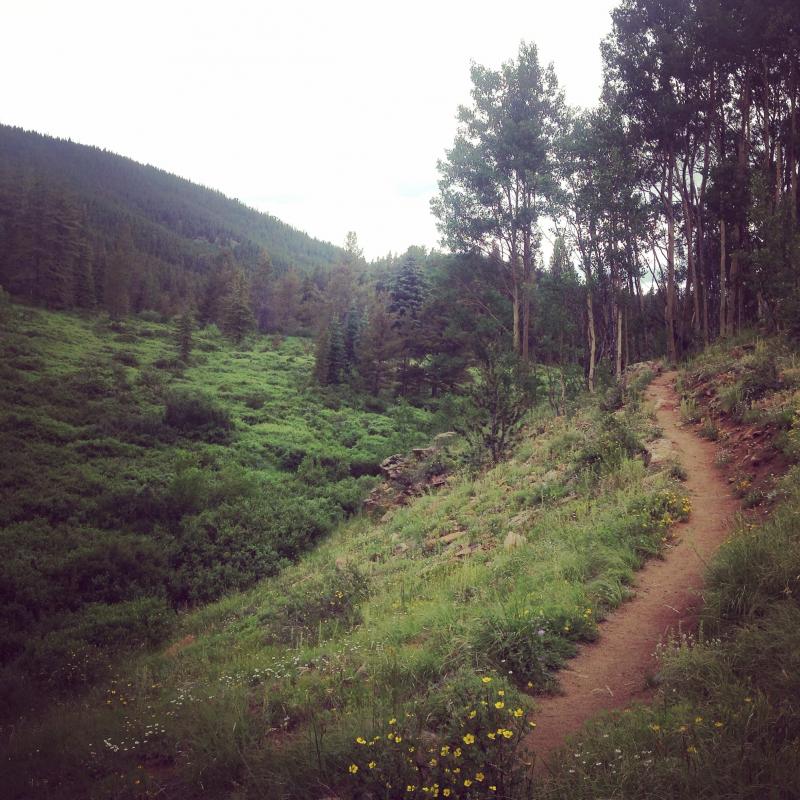
Taking Care of Our Wild Places
The Sustainable Trails Coalition claims that they want to “Fix America’s Trail System,” and restricted access is just one of the problems. The other problem is the disrepair that our trails are falling into, especially in little-traveled wilderness areas, due in part to the fact that the Forest Service can only maintain about 25% of its thousands upon thousands of miles of trails.
As one part of this fix, getting millions of mountain bikers involved in trail maintenance–a group that has shown they know how to build and maintain sustainable trails–in the nation’s 108 million acres of Wilderness would be a massive boon to the struggling and dilapidated trail system.
Additionally, allowing land management agencies more flexibility in how they maintain trails in Wilderness areas could speed up that maintenance and also reduce maintenance costs. Modern tools–such as wheelbarrows and chainsaws–aren’t currently allowed in Wilderness areas. The Coalition hopes to change that, making maintaining these trails in a safe, sustainable fashion faster and more affordable.
The Time Is Now
According to the Coalition, the time to act is now. On their site, they say, “We have located an established government-affairs firm in Washington, D.C., that is willing to take on the challenge and tells us this is the right time to undertake this effort.” I was curious as to why this is the right time, so I got in touch with the Coalition directly. According to the Sustainable Trails Coalition,
“There is a growing political sentiment among Americans of all political stripes to restore a sense of balance and sanity to federal regulations in general and environmental rules in particular. You see it best, for example, in the debate over building the Keystone Pipeline, where a growing number of Democrats in Congress no longer regard environmentalists fears as credible and are ready to support the building of the pipeline. Americans want Washington to work again and balanced, reasonable solutions to be forged. Leaders in Congress are more inclined than ever to reexamine, rollback and tweak federal environmental rules that no longer make sense.”
If you were to ask me when the right time to make this push was, I would say, “30 years ago,” so we are long overdue! In my opinion, the sooner the better, but thankfully we have activists on board that are much more politically savvy than I. 🙂
A New Direction
If you’ve had your finger on the pulse of mountain bike advocacy, you know that IMBA has never undertaken an initiative such as this one (although it’s worth noting that they might not legally be able to–see below). But I think it’s about time for a change in strategy in relation to Wilderness.
IMBA has been working for years with local advocacy groups in Idaho in an attempt to preserve mountain bike access to the excellent trails in the Boulder-White Clouds Wilderness Study Area through the creation of a national monument instead of a Wilderness area. However, this national monument never materialized, resulting in a Wilderness designation instead that has effectively banned mountain bikes
https://instagram.com/p/5rxq4qsk74/
https://instagram.com/p/5i5xXOsk04/
Rebecca Rusch enjoys a ride in the Boulder-White Clouds mere days before the Wilderness bill was passed.
According to Mark Eller of IMBA,
“It’s not easy to say it, but the truth is that in Idaho our best efforts ultimately failed. We stand by our decision to advocate for the monument, and we stand by our grassroots and grasstops advocacy efforts that created a substantial stir in the final months of this fight. However, the deck was always stacked against us, as the trails we hoped to preserve for mountain biking were located on lands long ago labeled as Recommended Wilderness, and had been part of deeply entrenched Wilderness proposals for more than a decade.”
It is worth noting that IMBA, as a 501(c)(3) isn’t allowed to spend significant time or money lobbying to change legislation. According to the IRS,
“. . .no organization may qualify for section 501(c)(3) status if a substantial part of its activities is attempting to influence legislation (commonly known as lobbying). A 501(c)(3) organization may engage in some lobbying, but too much lobbying activity risks loss of tax-exempt status.”
To avoid this hangup, the Sustainable Trails Coalition is a 501(c)(4) organization, which means that any donations are not tax-deductable, but that they can lobby to change legislation.
I say it’s time to try a different approach, as IMBA’s clearly isn’t working (or can’t work due to their legal limitations) in respect to Wilderness. It’s time to get radical with our advocacy. It’s time to get bikes into the Wilderness.
How We Can Pitch in and Help
The fact is, trying to change legislation takes money and a professional, concerted effort. The Sustainable Trails Coalition needs our help: In their initial push, the Coalition raised $13,000 by word of mouth alone, but they need to raise at least $100,000 more. To start, they need to raise a total of $60,000 by September 1st to get the ball rolling on capital hill. That’s where you and I come in.
It’s time to step up and put our money where our mouths are. If we all pitch in, reaching these financial goals will be easy, and the Coalition guarantees that your money will be well-spent. All of the folks running the Coalition are volunteers donating their time (although they boast considerable legal and advocacy experience), and the only overhead they’re paying above and beyond hiring the folks in Washington is the 3% credit card processing fees. That’s it. And if for some reason the group doesn’t raise the funds it needs, you’ll get your money back–but let’s make sure that you don’t need to!













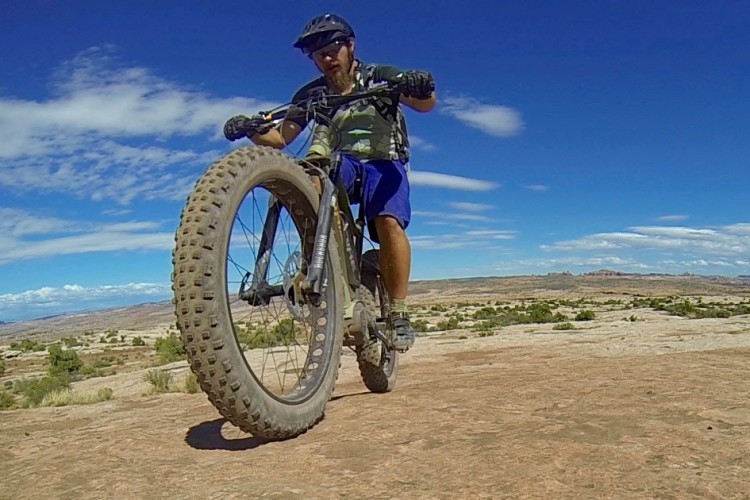

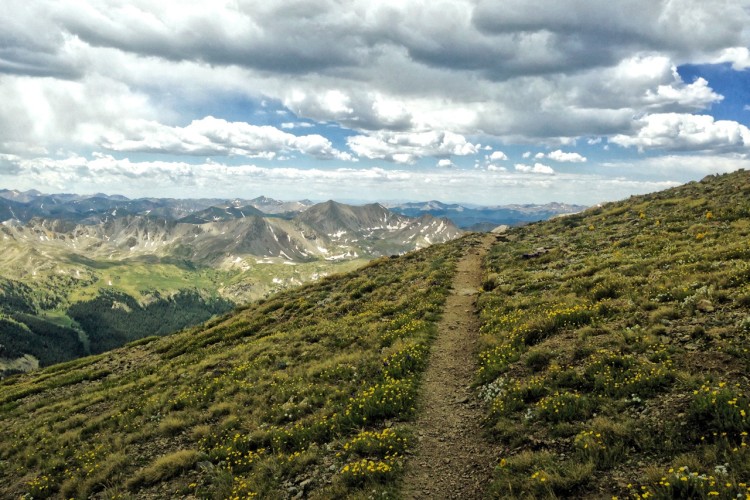
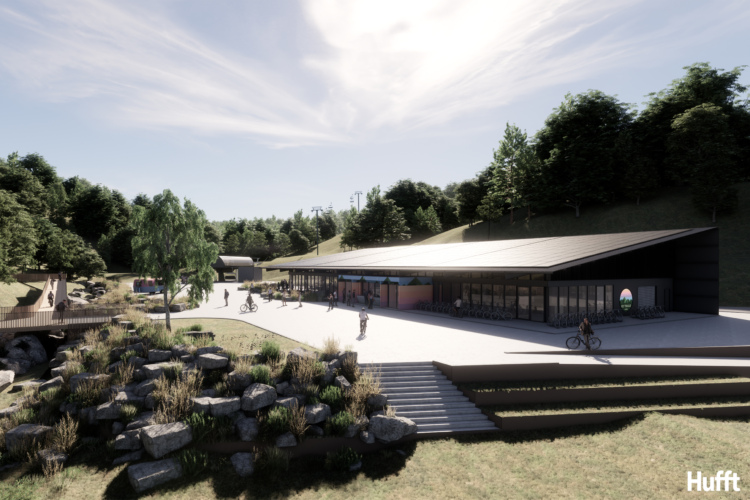
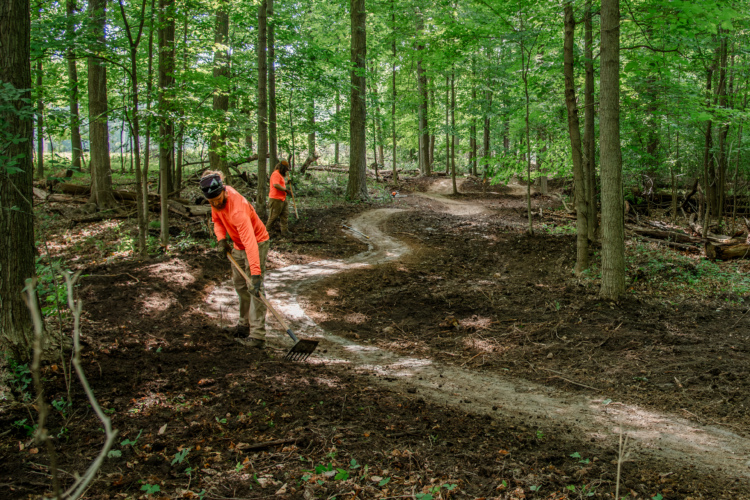
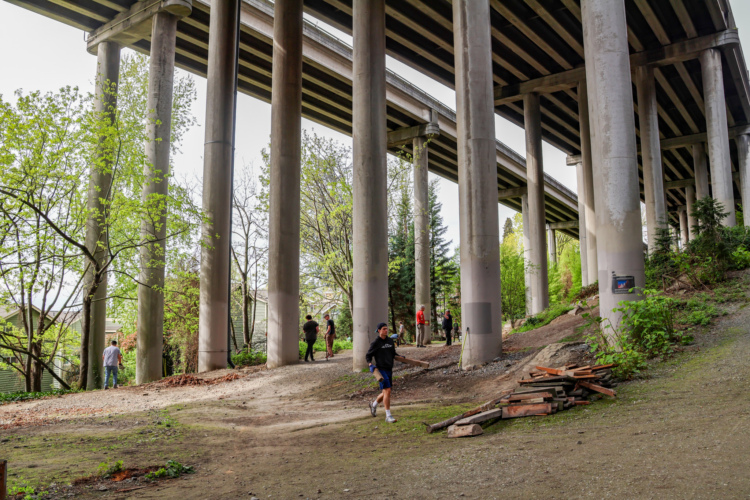


20 Comments
Aug 10, 2015
Aug 10, 2015
Aug 12, 2015
IMBA has had decades, including 8 years with a president who mountain biked and is still operating on an appeasement model. It's way past time for this to be fixed.
Aug 11, 2015
Aug 16, 2015
One thing I do wish is that they would allow sanitation (pit toilets) in wilderness areas. In Colorado a designated "wilderness" often doesn't look much different from a national park in terms of the number of people who visit it. The biggest difference is national parks have toilets and the "wilderness" doesn't which is leading to ridiculous amounts of human waste and TP getting scattered all over the place. Yuck... Always bring a water filter in to the Colorado wilderness -- it is far from pristine.
Aug 17, 2015
Aug 17, 2015
Aug 19, 2015
Aug 14, 2015
I am a former backpacker, backcountry skier, and mountain biker who is disabled as a result of a accident and can no longer enjoy many of the areas I did in the past. Many of these areas were open to backpacking, mountain biking, and dare I say it, motorized vehicles. There were trails and roads in those areas before being being designated a Wilderness area. Opening an area to biking on designated trails is no different than designated roads. Anyone who thinks bikes make less of an impact needs to spend time with land managers looking at the damage done by all modes of transportation.
If access to a given area is being limited to certain groups of people, management of that area should be payed by those groups. The US economy is in shambles. The majority of national parks and monuments have such limited income from taxes, that they are supported by entrance fees. Even though I'm able to use those areas for free by being disabled, I still pay for access and am a member of a number of park associations to help maintain the parks. The same should be true of wilderness areas. Either generate income to manage the area by charging usage fees to those who use them, or block them off completely.
Flame to your hearts content.
Aug 10, 2015
-"Everyone may walk, ski or cycle freely in the countryside where this does not harm the natural environment or the landowner, except in gardens or in the immediate vicinity of people's homes (yards). Fields and plantations, which may easily be harmed, may usually not be crossed except in the winter."
Source: https://en.m.wikipedia.org/wiki/Freedom_to_roam
Aug 10, 2015
Aug 10, 2015
Apr 24, 2016
Aug 14, 2015
Aug 17, 2015
Most cyclists observe the trail etiquette of yielding to the pedestrian. The ones who don't are largely the Red Bull crowd who don't venture into the backcountry on their own power, but rather seek out rad stunts in lift served areas. When I bike, I stop and dismount and wait for the hiker to pass. When I hike, the cyclists I encounter do the same for me--in most cases it is the cyclist who's experience is more altered, not the hiker.
"Mountain bikers dont always stay on trails . . . "
Neither do hikers. In fact, cutting switchbacks is almost exclusively a hiker phenomenon. And equestrians are by far the most common strayers from the trail.
As for "destruction of habitat" I encourage you to research how many forest fires have been started by cyclists and how many by pedestrians then tell us who's responsible for the most heinous habitat destruction.
"Right now we have plenty of public lands to play on."
And yet bikes are prohibited from 50-80+% of roadless areas in our western states by Wilderness designation alone--this doesn't include other bike bans. Hikers have access to 100% or very close to it. Now reverse the math--tell hikers they are banned from upwards of 80% of their most desired lands and see if they are okay with that because they have other areas they can enjoy!
"I’ve seen enough degradation on the once undisturbed landscapes of BLM and forest lands I frequent to know that allowing mountain biking in wilderness areas wont be doing our natural resources any favor."
Some of the most rutted and horribly degraded trails I have seen have been in long-standing Wilderness areas that have never seen a knobby tire. But we could trade statistically insignificant perceptions and personal anecdotes all day and accomplish nothing. That's why I also look at independent research which shows hiking and biking to be similar--so if you argue banning one, you must argue banning both -- or neither. In terms of trail impact, there is no significant difference between the two that would warrant favoring one over the other. There are many factors that affect trail sustainability and user type is pretty far down the list (unless you're talking horses which are by far the most destructive of nonmotorized users).
" . . . we should leave well enough alone."
So why do we keep adding new Wilderness that is taking over routes which have been pedaled for decades? And how is it that, after decades of cycling use, the area is still suitable to be declared Wilderness if biking somehow degrades the land and makes it un-wilderness-like?
Aug 17, 2015
Jul 13, 2021
Aug 12, 2021
Aug 13, 2021
Aug 12, 2021